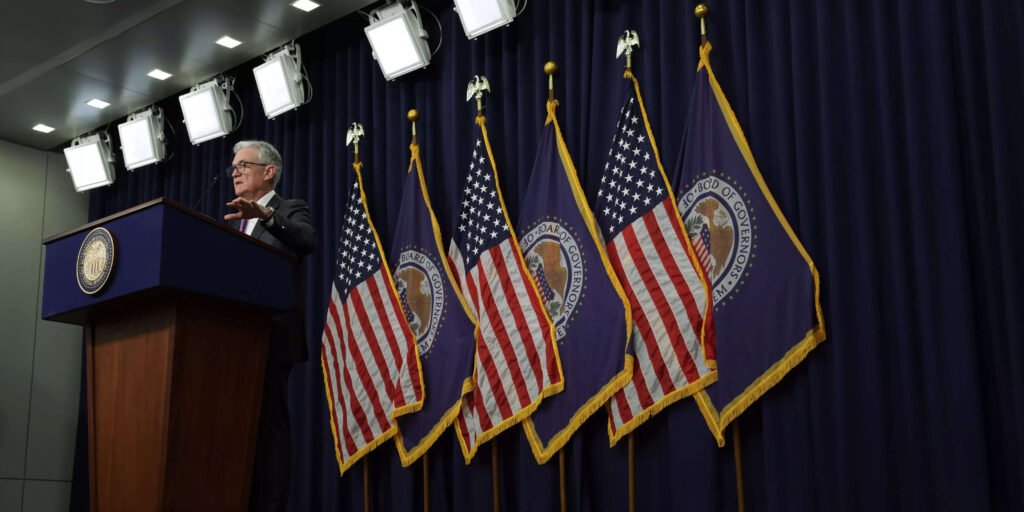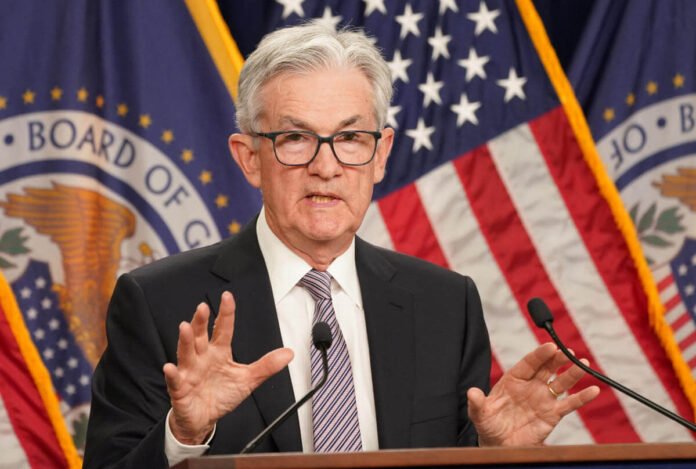Introduction: Recent news indicating a slowdown in inflation has strengthened the belief that the Federal Reserve’s aggressive rate-hike campaign may be coming to an end. Understanding the historical implications of such situations reveals potential benefits for the stock market and individual retirement accounts, such as the popular 401(k).
Historical Perspective: Analyzing the last ten rate-hike cycles dating back to 1974, Ryan Detrick, Chief Market Strategist at Carson Group, found that the S&P 500 typically experienced an average increase of 14.3% in the 12 months following the Fed’s final rate hike. This historical context suggests positive outcomes for investors when the central bank concludes its tightening measures.

Impact on Investments: Comparing these post-rate-hike gains to long-term market averages, it becomes evident that investors generally respond favorably when the Fed signals the end of rate hikes. The shift from bonds to stocks becomes more appealing, providing a positive outlook for the economic landscape.
Recent Market Movements: From the initiation of rate hikes in March 2022 until the favorable consumer price index report in early November, the S&P 500 exhibited volatility but remained relatively stagnant. However, following the expectation that July marked the last hike, the index saw a notable uptick, showcasing the potential positive impact of a rate-hike conclusion.
Caveats and Considerations: While historical data suggests that the end of rate hikes correlates with double-digit market gains in most cases, there are exceptions. In 1981 and 2000, halting rate increases did not prevent significant market declines amid challenging economic conditions. The dotcom bubble burst in 2000, and the subsequent recession limited the impact of a rate-hike pause.
Current Market Factors: Several factors may influence the trajectory of stocks and retirement accounts in the coming months. Emerging from a potential earnings recession, strong productivity gains driven by artificial intelligence, and the overall economic performance will play crucial roles. Additionally, stocks are currently relatively pricey, adding emphasis on economic and earnings performance.
Future Expectations and Potential Risks: While a Fed that stays on the sidelines could contribute to continued stock market growth, investors are watching for potential rate cuts, which may further impact market dynamics. If the Fed deviates from expectations and maintains a “higher for longer” stance, it could influence a market pullback.
Conclusion: As investors navigate the evolving landscape, the historical correlation between the end of Fed rate hikes and positive stock market performance offers valuable insights. However, caution is advised, considering potential economic challenges and the need for sustained positive factors to support market growth.




